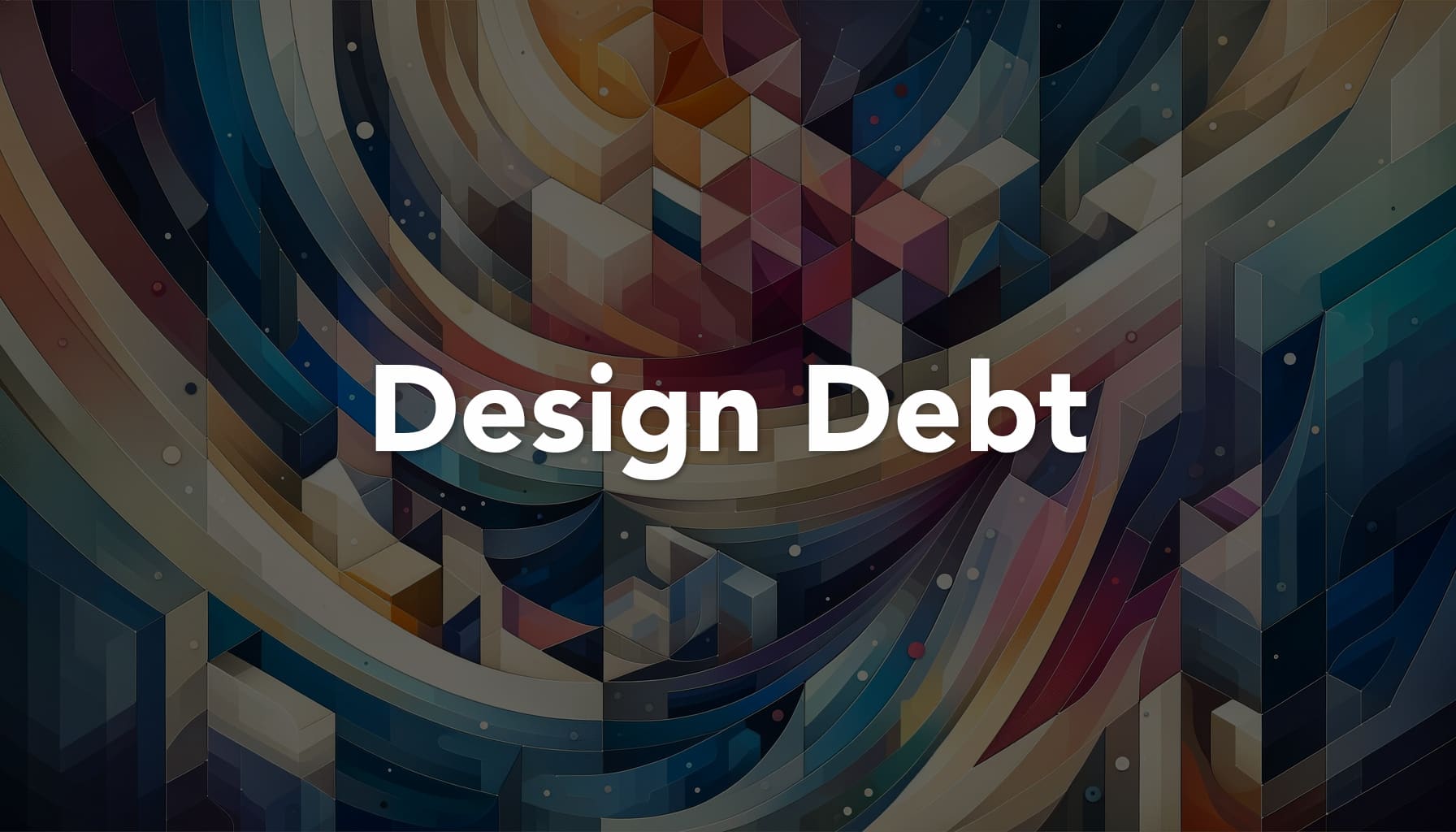Category: User Centred Design
-

Design Debt
Most people working in digital teams have heard of technical debt (“tech debt”) in conversations with our software engineer colleagues. And whilst technical debt is often understood by our product management colleagues, design debt on the other hand isn’t. As designers our aim is to make sure we meet user needs by utilising strong user-centred…
-

Experiences and Journeys
For a while now, I’ve been talking about making experiences better and how we can do that effectively using journeys, using the analogy of a nature reserve to explain my thinking. At the very heart of our work in UX Design, we want to enable users, meet their needs and make experiences better for everyone.…
-
User Centred Success Measures
When starting a new project or picking up a piece of work, we may have a project brief or kick-off meeting. We do this to frame the problem we’re trying to solve, understand some user needs, clarify some constraints, discuss opportunities and define some success metrics. I’ve watched teams work together for the last 5-6…
-
Measuring effectiveness
I’ve been thinking about being effective a lot lately. Just so we’re clear, the definition of effective is; successful in producing a desired or intended result Regardless of where you are in your professional journey or what role you have, it’s absolutely normal and right to want to feel like you’re achieving something. Being effective…
-
Describing things
We’re now a lot more careful of the content we use and how it is designed. More content design and strategy roles are becoming available than ever before. Organisations and businesses now understand that designing content in a way that humans understand has a real effect. Even with all of the work we do on…
-
Good product development process
These days I spend my time fulfilling my role as Head of Interaction Design within DWP Digital. Specifically making sure things are joined up and consistent across services. There’s a lot going on*. The approach to consistency We follow an agile method of working. By that I’m describing the real agile, the being agile *not*…
-
Proactive instead of reactive product development
Large organisations are often found reacting to the needs of their users or business. A reason but not an excuse for this is that legacy systems need maintaining. Anything ‘new’ is bolted to them which creates significant challenges over time. By doing this they end up in a journey of reactive product development which is…
-
Service goals
A little under two years ago, I joined Government at the Department for Work and Pensions and began work on the Get your State Pension service. The team had just finished their discovery work. Anna had done some excellent user research and clearly presented the user needs for the service. Based on the user needs…
-
A stand up or retro does not make you agile
Having worked within government for a little over a year now, I’ve seen a lot. I’ve heard from teams who work within Home Office, Land Registry, DVLA, HMRC and my own teams within the Department for Work and Pensions. I’ve found that fellow Interaction Designers, Front-end Developers, Content Designers and a few more roles work…
-
Design team ethos
At the beginning of 2014, I began to build out the traveljunction.com design team beyond a single person (me). I gained an awesome team-mate, Tim Gale, who’s been with me on the journey ever since. We sat down and created a design process as traveljunction never had one previously. We were very particular about the…
-
Normalised design
Here’s a couple of thoughts on ‘normalised design’. A circle doesn’t need to be a circle and square doesn’t need to be a square. Design becomes normalised when you constrain it to proportions and dimensions. Giving yourself an inordinate amount of rules is going to normalise things fairly quickly. Grid, grid width, column width are…
-
It’s ok to not have all the answers
I have a very analytical, methodical and logical mind. The certainty of factual information to provide answers has to be very high for me or at the very least way I need to be able to weigh up the odds in favour of being right before I do something. The need to analyse data and…
-
Designing with the future in mind
As designers we can often become entrenched in working on tiny details because they matter. It’s far too easy to get wrapped up in the intricacies and become short-sighted on a longer term view. Short-sightedness can cause design challenges which can be ironed out fairly easily when you’re looking at your long term plan. For…
-
Understanding the why
When we were learning as children, we always asked important questions. More often than not the main question was, Why? We as adults joke about children getting to that age and how they continue to ask why after the 2nd and 3rd time. Each time a child asks why and receives an answer it generally…
